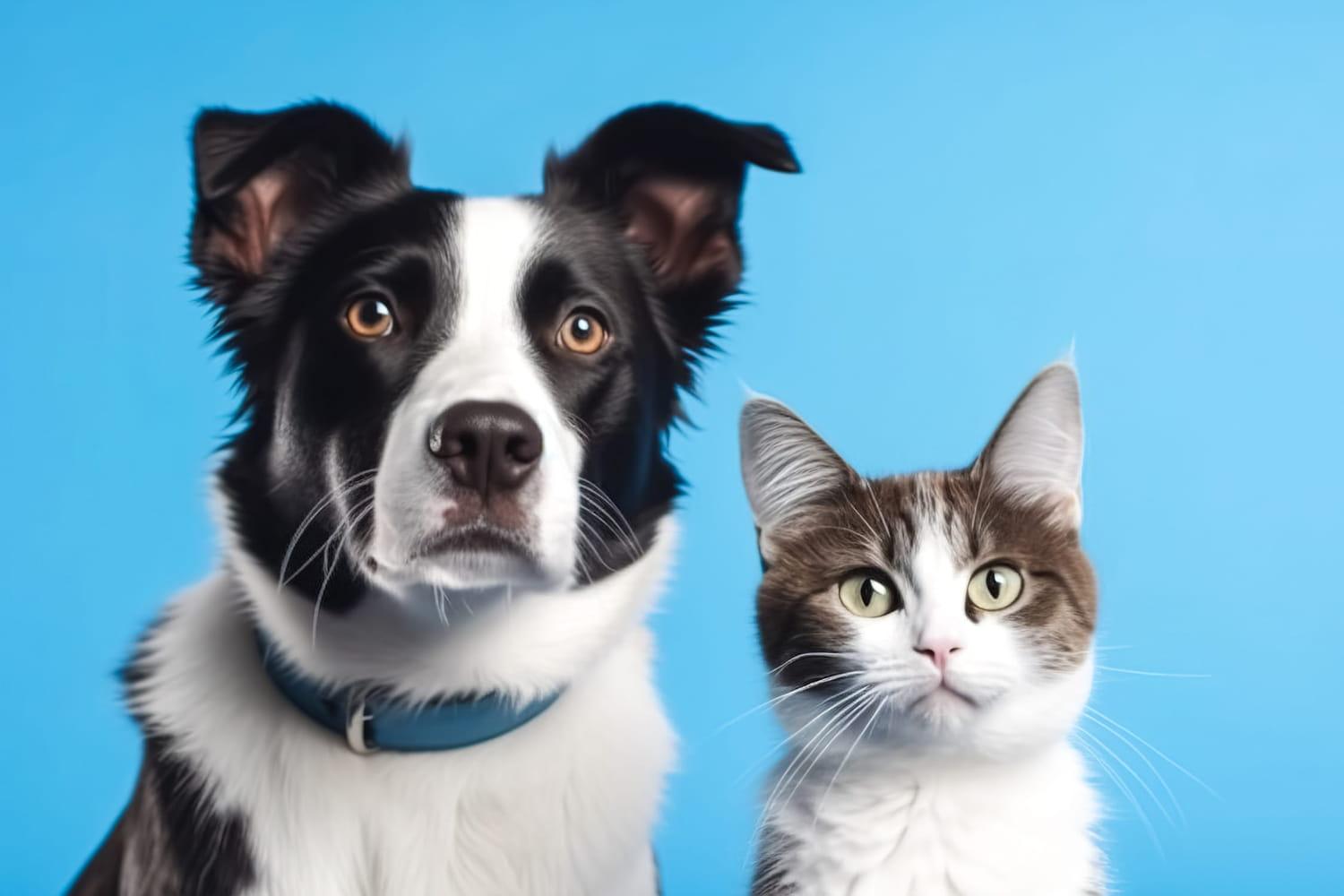They share our daily lives, but their life expectancy remains a mystery. Why do some animals age better than others, with equivalent size? A new study has just lifted the veil on an unexpected factor which gives a clear advantage to cats. And it is neither a question of environment nor care.
They live under the same roof, often eat at the same time and receive so much attention. However, cats and dogs do not have the same life expectancy. On average, a domestic cat lives between 13 and 20 years old, while a dog rarely exceeds 12 years, with disparities according to breed and size. Some small dogs can approach 15 years, but overall, the felines keep a clear advance. So why such a difference? Until now, the response remained rather vague, up to a study published in Scientific Reports.
A team of researchers from the University of Bath, England, in collaboration with several international institutions, has finally found a scientific explanation. By analyzing the genomes of 46 species of mammals, they highlighted two major factors which directly influence longevity: the relative size of the brain and the richness of the immune system. Two characteristics in which cats clearly surpass their canine cousins.
Concretely, cats have a proportionally larger brain than that of many dogs, which could offer them better adaptation and cellular repair mechanisms. But that’s not all: their genome also contains a greater number of genes related to the immune system, which makes them more resistant to infections, degenerative diseases and premature aging. These biological advantages, also detected in species such as whales or elephants, seem to be linked to an evolutionary trajectory where intelligence and immune defense have been priorities.
Even if genetics plays a key role, animal owners can also act to prolong the lives of their companions. A balanced diet adapted to age, regular physical activity, rigorous veterinary follow -up and a stimulating environment make all the difference. Sterilization, weight control and chronic disease prevention are also important levers. By better knowing the specificities of each species, it becomes possible to act concretely to offer our animals a longer and better life.






